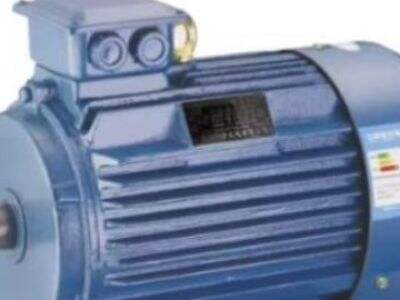Chemical pumps are widely used in various jobs for lubricant transfer and other labor. It is critical that these pumps are installed properly for optimal performance. This post is a guide as to how chemical pumps can be installed and used.
What You Should Know about Chemical Pumps
In order to understand how a chemical pump works and the various chemical pump parts it comes with before installing one. Chemical pumps can be used for a variety of liquids, including some that could be hazardous. A chemical pump consists of a motor, an impeller, a casing and other components that work in unison to transfer the liquid.
Setting Up Your Chemical Pump
Once the chemical pump has been set up, it must be configured to guarantee that it operates properly. This groundwork: testing the pump, modifying it, and monitoring for mishaps. Below we provide a short guide to setting up your chemical pump.
Inspect the pump and the surrounding area to ensure everything is in good condition.
Ensure the pump is vertical and correct as necessary.
Fill the pump with the liquid it will be pumping.
Activate the pump and observe its functioning.
If the flow or pressure seems off, you'll need to adjust some settings and make sure you have the correct one.
Example of what each stage does: 1. Because it is a pump, you should test it in various ways.
Jot down all the settings and performance data for later.
???? Safe Handling Guidelines for Chemical Pumps
Safety protocols must be adhered to prevent accidents and ensure that the pump functions properly when a chemical pump is installed and set up. Here are some safety tips:
Always wear safety gear, such as gloves, goggles, and mask, when handling chemicals.
Install the pump in a well ventilated area around smoke travel to avoid fumes accumulation.
Install soleatus ad pellentesque following instructions from the pump’s maker and connect it to power.
Use the proper tools so you don’t break the pump or injure yourself.
Do have a plan in place in case spills occur during the installation.
Troubleshooting the Pump
While the well pump is being prepared, you may be able to spot some issues that may interfere with its functioning. Below are some typical problems and ways to resolve them:
Low flow rate: Check for clogs in the system and clean or replace any dirty filters.
Excessive noise or vibration: Inspect the pump for worn or broken components, and replace as necessary.
Leaks: Check connections for leaks and tighten or seal them to stop leaks.
Overheating: Verify that the pump is sufficiently lubricated and not heated.
How to Transition a Speed Control Chemical Pump to the Best Performance
Some tips that help you ensure your chemical pump can work perfectly are:
Routine upkeep: Regularly test the pump for proper functionality and replace any worn components.
Performance check: Maintain a constant check on the working of the pump and zigzag if required.
Use proper chemicals: Avoid chemicals that you use that will eat away at your pump.
Educate your staff: Show your employees how to safely operate the pump and troubleshoot common issues.
Chemical sentinam pellentesque sentinam and Setup Important Jobs Need Careful Planning (In Detail) In addition, you can ensure your chemical pump runs efficiently by following the steps of this guide and prioritising safety. Stay safe, observe its work, and routinely service your chemical pump system to ensure it works well.



















































